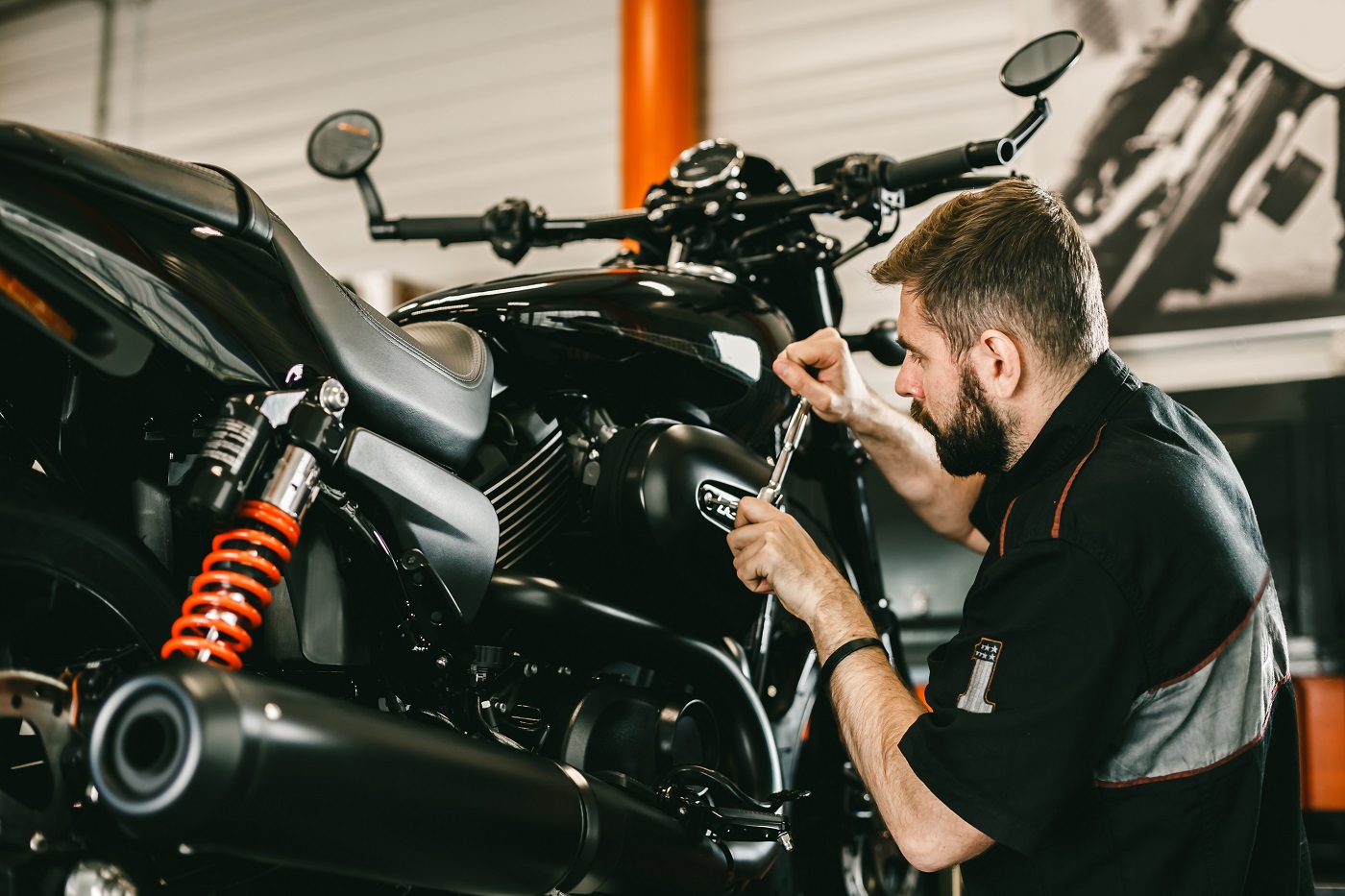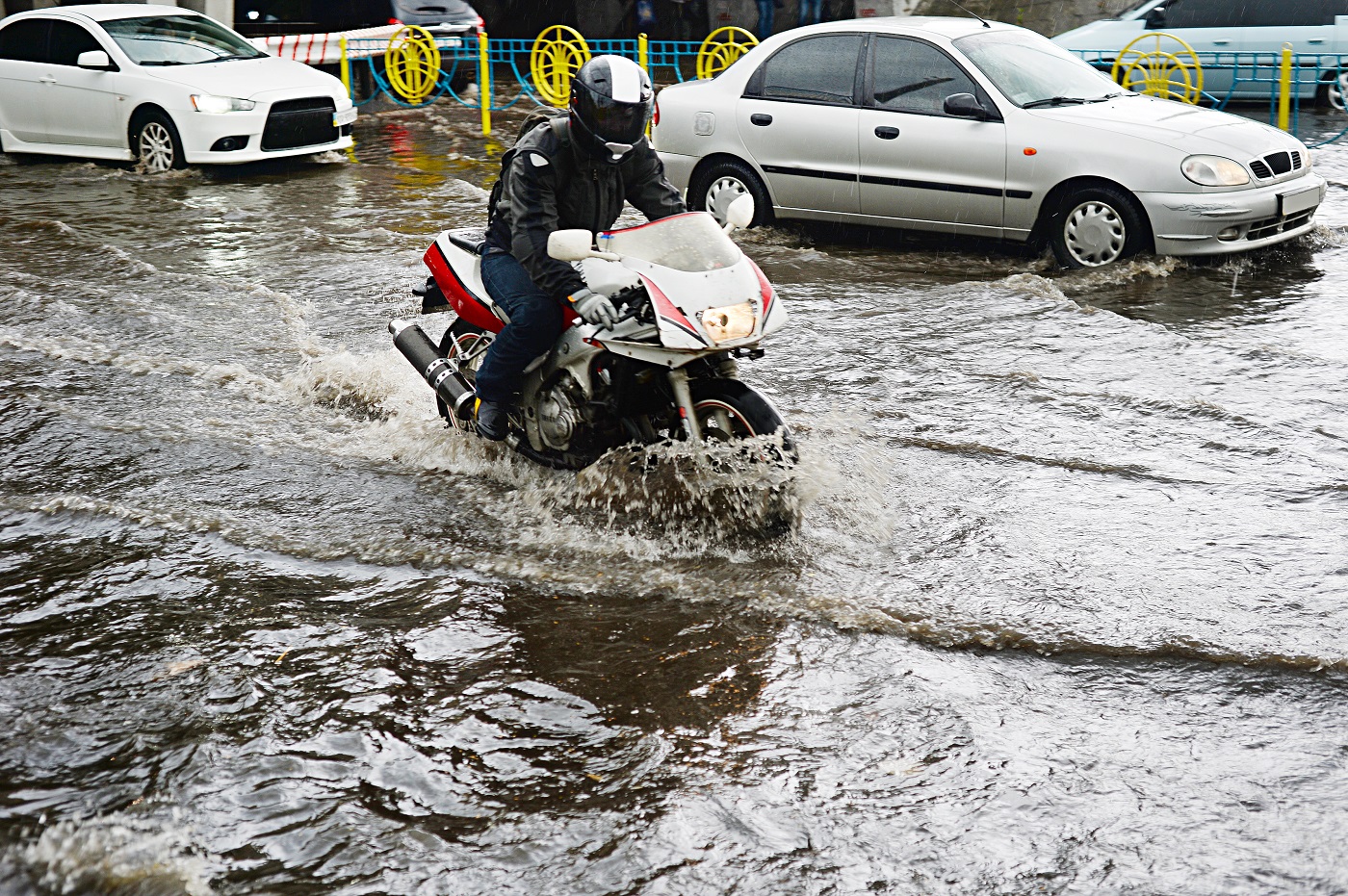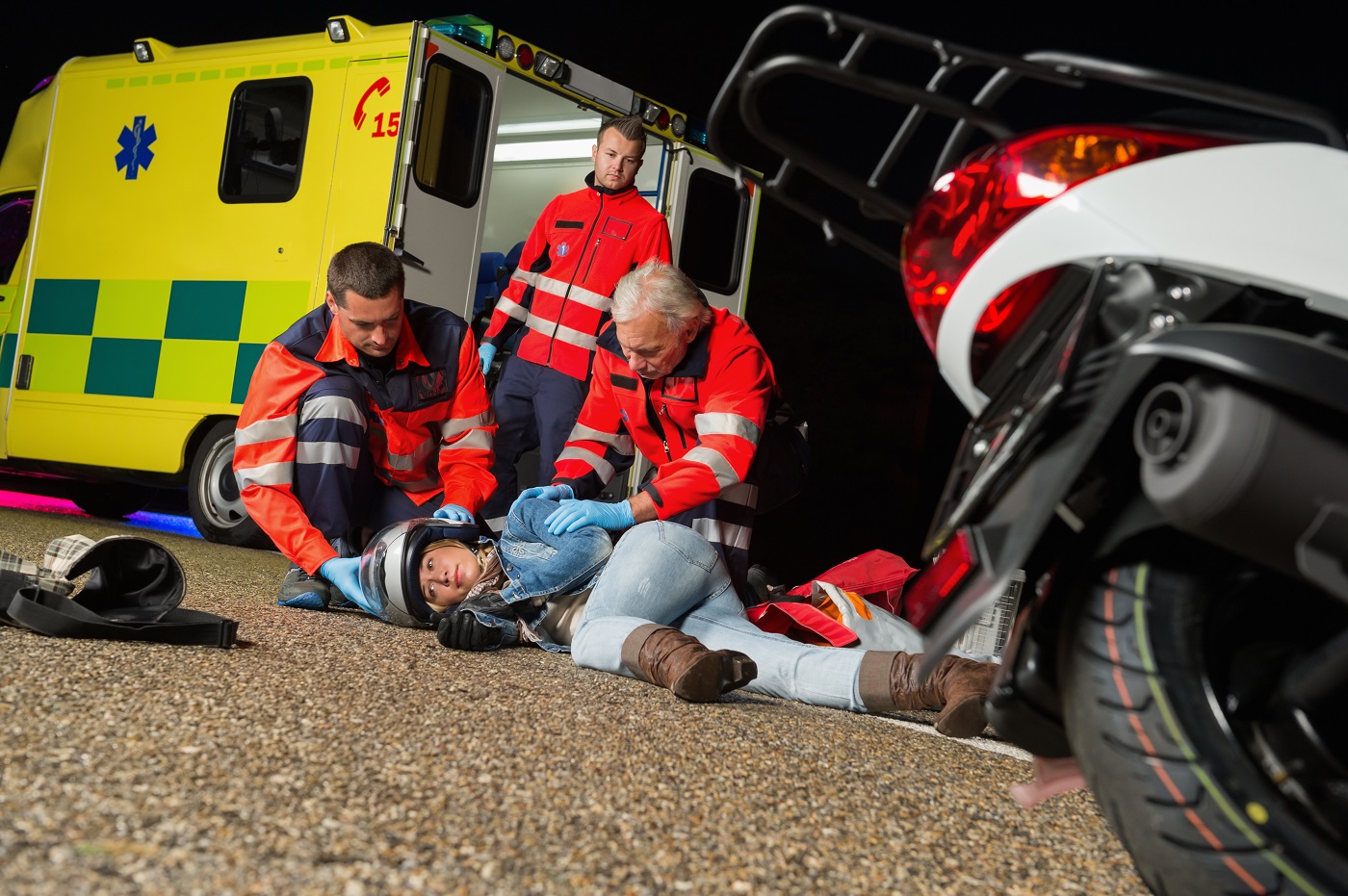Summer is here, and that means more motorcycles on the roads. From local Texans to tourists visiting our state, there can numerous bike riders sharing the road with other motorists on any given day of the week.
In Texas, summer weather can range from hot humid days to torrential thunderstorms with heavy downpours. As you are out enjoying your motorcycle this summer, it is worth your time to review proper motorcycle safety for all weather conditions. Doing so could prevent you from getting into a serious, injury-causing accident.
Even if you do not operate a motorcycle, our vehicle accident law firm strongly urges you to still review these safety tips. By understanding the challenges facing motorcyclists, you can take preventative measures and do your part in keeping our roads safer for everyone.
Review All Motorcycle Laws
Before taking your bike out for the first time this season, do a review of current motorcycle laws. The laws may have changed since the last time you were on the road. It is your responsibility to keep up with all current laws.
Perform Maintenance on Your Motorcycle
You should make sure your motorcycle is well-maintained. If it’s been sitting in the garage since last summer, you will want to give it a tune-up. Make sure all systems are working correctly and there are no operational issues. Verify that all safety features and devices, like the braking system, are functioning. If you discover any problems, fix them before putting the bike on the road.
Update Your Tags and Insurance
If your plates need to be renewed, get a new tag so your bike is legal. It is also recommended to call your insurance agent for a quick review of your motorcycle insurance. Sometimes you may want to update your policy to ensure you and others are protected in the event of an accident.
Take a Motorcycle Safety Course
It never hurts to get a refresher on motorcycle safety. Check in your local area to find out what courses are available. Sometimes completing a basic motorcycle safety and operator improvement course could qualify you for a discount on your motorcycle insurance.
Driving in Hot Humid Weather
The hot Texas summers can make it feel like a sauna when outdoors riding your motorcycle. You can easily get overheated from the motorcycle protective gear you wear to protect your body. While it can be tempting to forgo jeans and shoes and opt for shorts and flip flops, don’t.
Shorts leave a large part of your legs exposed. Debris from the road could get kicked up and injure your legs. Not to mention, when you stop, if you accidentally touch a part of the bike that has been in the hot sun, it could cause serious burns.
Flip flops are never a good idea, as they can get stuck on the bike and make it difficult to operate. You can also burn your toes and feet on exposed areas that touch the hot pavement whenever you come to a stop. It is better to pack your shorts and flip flops and change once you safely arrive at your destination.
To help keep yourself cool, make sure to have access to plenty of water. It also helps to have a dry cloth easily accessible to wipe the sweat off your face. You should wear a helmet with a visor to block out the sunlight. If you forgo wearing a helmet, at least wear a baseball-style hat with a brim.
Sunglasses or a tinted visor on a helmet can help block out bright sunlight so you can see clearly. In addition, remember to apply sunscreen to any exposed skin to protect it from burning.
Driving in Hot Dry Weather
Hot dry weather is still plenty hot in Texas. Even though there is less humidity, riding on your bike can feel like you are driving through the inside of an oven. You should follow the same gear and clothing prevention mentioned for humid weather.
For both hot humid and hot dry weather, there are cooling packs you can wear under your motorcycle gear to help keep you cool. Some cooling packs even plug into a USB or electrical outlet on your bike to maintain their cooling effect.
If you start to feel dizzy, nauseous, or light-headed, stop driving your motorcycle. These are common symptoms of heat exhaustion, which can lead to heat stroke. Your body is overheating, and you need to find a cool area indoors where you can rehydrate and rest.
Driving in Windy Dry Weather
Windy weather when it has been dry for a while can make driving more challenging. From small breezes to gusts, you can experience problems keeping your bike balanced. If the winds become too strong, you may overcompensate and find yourself sliding across the pavement. It is better to find a safe location and wait for the winds to die down if they become too strong.
To protect your face and head from dust, dirt, and other debris that gets blown around, wear a helmet with a protective visor. If your helmet doesn’t have a visor, make sure to wear sunglasses or other protective eyewear.
Driving in Rainy Weather
Rain showers can pop up unexpectedly during the summer. Sometimes they last just a few minutes and, other times, several hours. Make sure to pack rain gear and take it with you even on sunny days just to be safe.
If it starts raining, slow down and take your time. Make sure your headlights and taillights are working and turned on. You want to make sure other motorists can easily see you. If it starts downpouring, it can be better to find an overpass or parking garage to wait until the rain slows down or stops.
It is important to pay careful attention to road conditions. After a long dry spell, oil, dirt, and other debris will have stuck to the pavement. Once it gets wet, these things can cause roads to become very slick and slippery, almost like they were frozen over with ice.
Thunderstorms
If it starts thundering and lightning out while on your motorcycle, find a safe area where you can wait out the storm. Even though your bike may be grounded with its tires, similar to a car, you are not. The last thing you want is to be struck by lightning.
Windy Rainy Weather
Windy and rainy weather can make it very difficult to see and maintain control over your motorcycle. Not only do you have to compensate for the winds to keep your balance but also for wet roads that could be slippery.
Slow down and take your time getting to your destination. If it becomes too much to drive safely, pull over and wait for conditions to improve.
What to Do if You Are in a Motorcycle Accident
If you are able, call 911 and seek medical treatment. Since you are more exposed than a car, there is a good chance you will be seriously injured and not able to move around. If you are conscious, ask someone to get the name of any witnesses and take pictures for you. You can have them text you the contact details and pictures, as you may need these later.
Once you are able, you will want to contact a motorcycle injury attorney before calling your insurance company. Your attorney will provide you with sound legal advice, help you understand what rights you have, and explain the potential amount of compensation you could qualify for during a free consultation.
Why Can’t I Just Deal with the Insurance Company on My Own?
For minor accidents with minimal injuries, there may be no reason to retain and hire a motorcycle accident attorney. However, you should still consult with one before deciding to file your claim and deal with the insurance company on your own.
The thing you need to remember is that insurance companies have teams of lawyers they consult with anytime someone submits a claim involving personal injuries. The insurance company’s goal is to get you to settle for the least amount possible, even when you are entitled to a much larger amount.
Since you are not a lawyer, you may not be aware of the limits established by personal injury motorcycle accident laws. Your injury attorney, on the other hand, is aware of these laws. As a result, they are better equipped to negotiate a fair and reasonable settlement with the insurance company on your behalf.
To illustrate, let’s assume you are involved in a minor motorcycle accident. You experience a broken wrist, arm, and leg. You also have several scrapes, cuts, and bruises. Your motorcycle is smashed up and needs to be repaired. Due to your injuries, you will need to be off work for two weeks while you recover.
You file the claim with your insurance company. Their settlement offer is to pay all of your medical bills incurred for treating your accident injuries. They offer money to repair your bike minus your deductible. They offer to reimburse you for the two weeks of lost wages. You might think this sounds like a fair settlement offer and accept the $15,000 they are offering.
For our argument, let’s assume you consulted with a motorcycle injury attorney after your accident. By retaining the services of a qualified injury lawyer, you discovered you are entitled to $150,000. Even after the lawyer takes their cut of the settlement, you are left with a lot more money than you would have received on your own.
As you can see, having a motorcycle wreck lawyer on your side can make a huge difference. If you have been involved in a motorcycle accident, please feel free to contact Schechter, McElwee, Shaffer & Harris, L.L.P. at 713-574-5089 for a free consultation today!
DISCLAIMER: The monetary figures used are for illustrative purposes only and should not be construed as actual amounts you could receive for your injuries.

 Over 300 Google 5 Star Reviews
Over 300 Google 5 Star Reviews









Leave a Reply